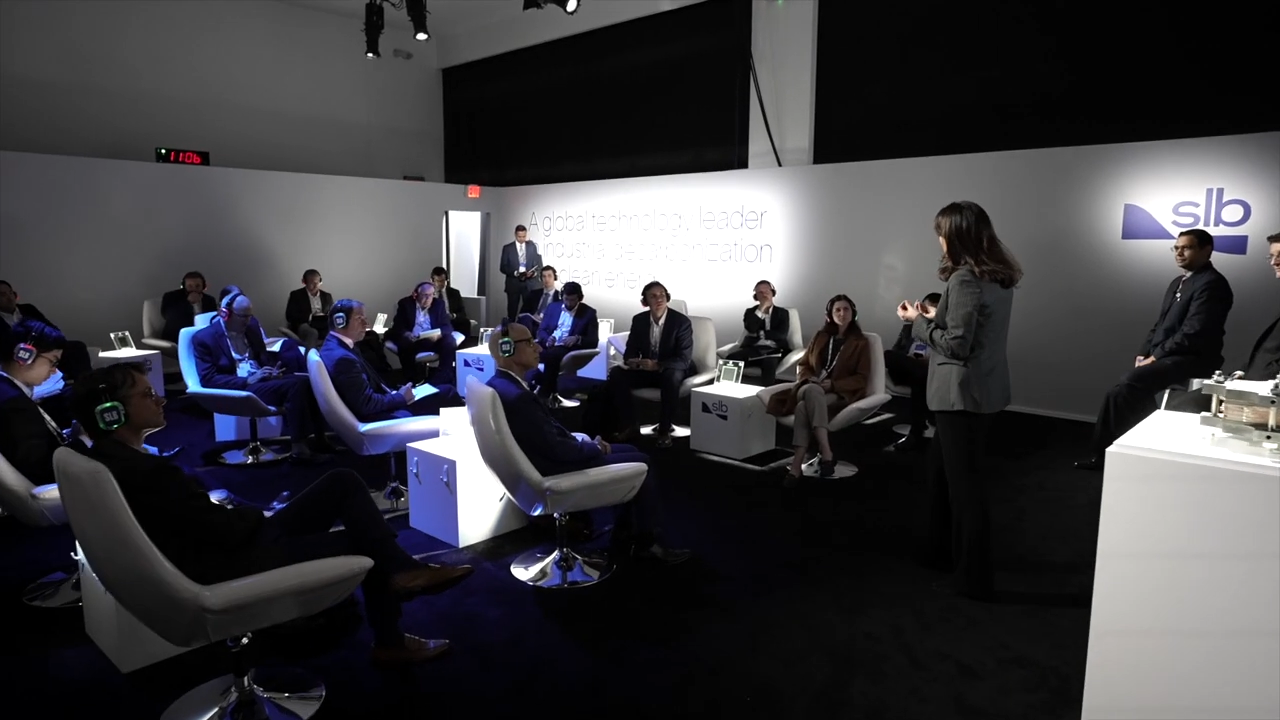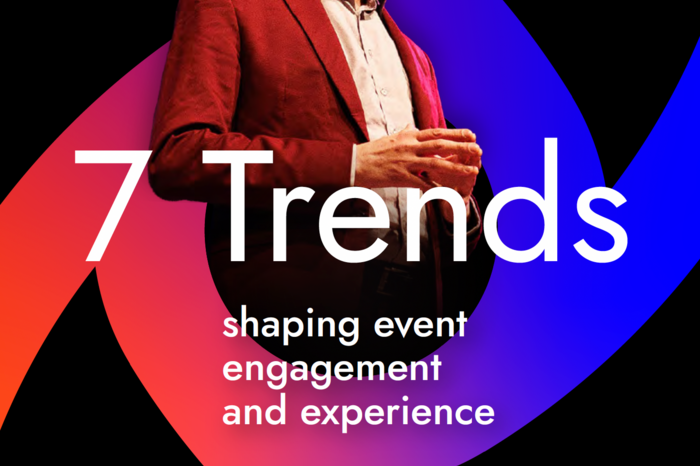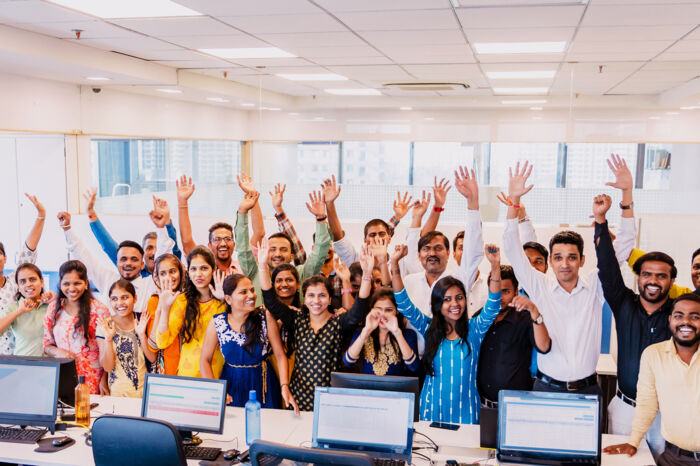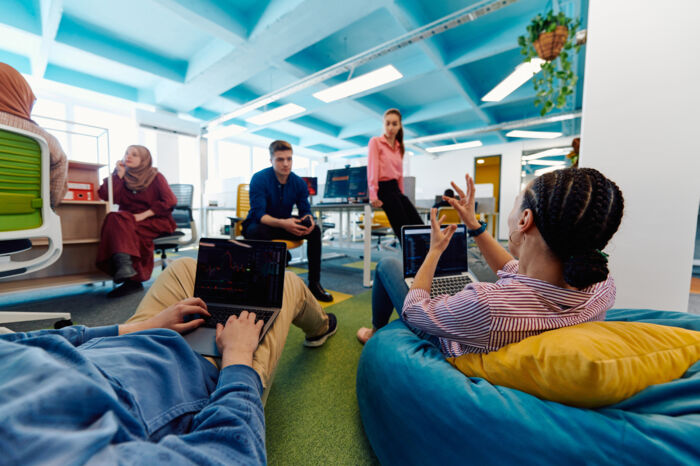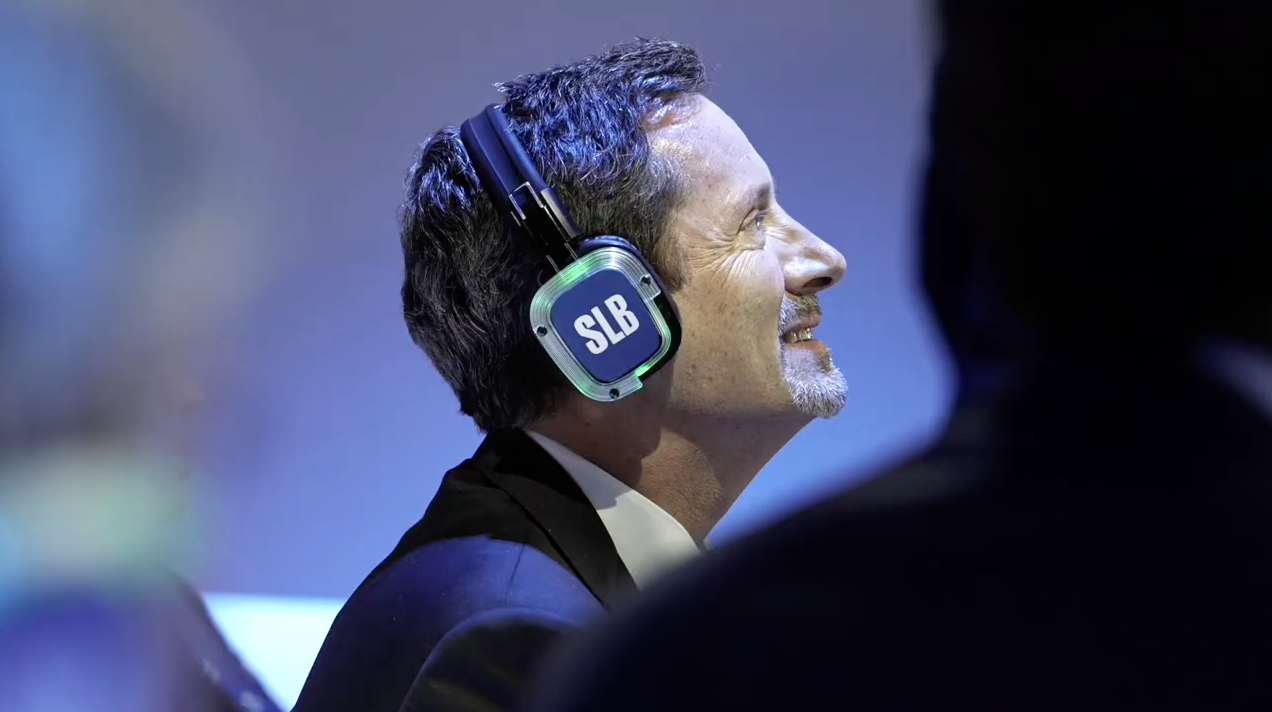
Why multi-layered events?
Consumers yearn for experiences that resonate with their values, and they search for memorable interactions with people and with brands. By opting for multi-layered events, associations and corporations ensure a perfect mix of exposure, repeated engagement and a diversity of content. Such layered events resonate with consumers on a variety of levels, enhancing the brand's impact.
Engagement touchpoints: traditional vs. digital vs. XR marketing
Traditional Engagement: Despite the rapid digitalisation of marketing techniques, traditional engagement touchpoints still have an important role to play. Time-tested methods such as in-person seminars, product showcases, and live performances remain foundational in building brand awareness.
Digital Engagement: With the growth of the digital realm, brands now have a wide range of options that allow them to connect with their audience. This includes virtual workshops, immersive video content, digital showcases, and interactive webinars. Especially now, in an age where the digital often intersects with the tangible, these touchpoints offer unique opportunities for deeper connections.
XR Marketing: As the newest entrant in the engagement spectrum, XR, or extended reality, amalgamates augmented reality (AR), virtual reality (VR), and mixed reality (MR). XR marketing offers an unparalleled depth of immersion, as it thrusts consumers into richly detailed virtual environments or overlays digital content in the real world.
The critical nature of authenticity
In an age teeming with digital engagements, authenticity has become paramount. Brands must ensure that their events are genuine and resonate with the audience. A sincere approach leads to more profound connections, ensuring the brand message is deeply ingrained in the audience's psyche.
Integrating accessible technologies in multilayered experiences
Multilayer experiences will incorporate accessible technologies such as augmented reality (AR), virtual reality (VR), mixed reality (MR), and holography. These technologies will enhance the immersive and interactive aspects of experiential marketing, allowing participants to engage with the brand in new and exciting ways. Brands can leverage these technologies to create captivating and memorable experiences that leave a lasting impression on participants.
Case in point: MCI Switzerland conceptualised and executed a unique brand engagement for the launch of Bvlgari Man Glacial Essence. Blending virtual reality with actual experiences, key influencers and media personnel were immersed in a comprehensive, 360-degree virtual brand environment and narrative – an exhilarating Alpine journey, while experiencing the new fragrance. Read the case study here.
Enhancing engagement and interactivity
Multilayer experiences offer increased engagement and interactivity for participants. Brands can design experiential marketing campaigns that encourage active participation, enabling consumers to interact with digital elements, manipulate virtual objects, or explore immersive environments. This heightened level of engagement creates a more memorable and impactful experience, fostering stronger connections between the brand and the consumer.
Case in point: MCI worked with the UN’s Education Cannot Wait team to identify the needs of the fund and attendees to deliver on the scope and vision of the global High-Level Financing Conference. Various teams handled content, logistics, creative aspects, audio-visual and other key components of what would prove to be a highly successful event. Find out more about the engagement and interactive components here.
The potential of the metaverse
The concept of the metaverse, a virtual shared space where people can interact with a computer-generated environment and other users, is gaining traction. In 2023, experiential marketing may leverage the metaverse to create virtual events, exhibitions, or gatherings that provide participants with unique and interactive experiences. Brands can organise metaverse events that transcend physical limitations, allowing for global participation and fostering a sense of community among participants.
Case in point: Back in 2021, MCI Brazil created Metaverse 1.0, a simulated universe for Futurecom 2021. Interactive scenarios allowed participants to navigate four thematic islands: Smart City, Agro, Industry 4.0 and Futureland. 300 speakers and 64 hours of content kept more than 10,000 virtual attendees engaged. Watch a video of this pioneering project here.
Customisation: the future of experiential marketing
Multilayer experiences offer the flexibility to provide customizable and personalised interactions. Brands can leverage technologies like holographs, AR and VR to tailor experiences to individual preferences, allowing participants to choose their own paths, explore different narratives, or modify the content based on their interests. This personalisation creates a sense of ownership and enhances the relevance and impact of the experiential marketing campaign.
Today’s association members and brand customers demand customised interaction and personalised offerings. The more personalised the experience, the greater the value and learning, and the higher the engagement – as was confirmed by MCI’s Association Engagement Index published in January 2023. MCI's solution, based on these research findings, is to adopt the three Cs of engagement: give members a choice, leverage multiple channels and customise their journey.
Broadening horizons with extended reach and accessibility
Multilayer experiences also offer the boon of extended reach. By delving into virtual and digital formats, brands can overcome geographical constraints, connecting with a global audience. For example, MCI partner, Realives has the technology to “teleport” one or more speakers from one destination to a stage in a different place. One of MCI’s many examples of extended reality was the recent SLB Investors’ Conference, where MCI US was able to beam the Technology Director to the stage as not one, but two holograms, which proceeded to discuss the future with the real person.
Case in point: Another example of maximising digital formats was when MCI Ireland took a traditional online meeting and turned it into an entertaining live TV show, broadcast simultaneously, in eight languages, from high-tech studios in Ireland, France and Italy, with an in-person audience and participants joining online from across Europe. ARIIX was looking to create two bespoke events for its people, an awards show to recognise and reward its best representatives, plus a sales conference to launch a new product and communicate key messages to the sales community. See the results here.
The importance of strategic planning
An interesting research paper titled "Multilayered Installation Design: A framework for analysis and design of complex social events" by Lahlou et al was published in 2022 in Science Direct. The paper introduces a methodology, Multilayered Installation Design (MID), which offers a systematic and purpose-driven design strategy, enhancing traditional designs with a robust analytical foundation to ensure that virtual conferences “go beyond mere content delivery, addressing essential aspects such as social networking, building social capital, serendipitous encounters, and meaningful participant engagement.”
MCI uses similar frameworks to highlight the importance of moving beyond trying to replicate in-person experiences in virtual events and maximising the opportunities that technology delivers while still meeting the need for genuine, holistic interactions.
As the authors note, “this approach emphasises the critical need to move beyond the replication of traditional in-person experiences when crafting virtual conferences… By harnessing its principles, designers, developers, and organisers can craft [Installation Virtual Conferences] that are not only technologically advanced but also human-centred, promoting genuine connections and fostering holistic, meaningful interactions.”
This strategy involves scenario planning upfront that highlights the specific needs, tasks and goals of each user at a multi-layered event.
Attendees, for example, should feel that they’ve received something worthwhile for their efforts to be present – ensure that they don’t have to put in too much effort and that the rewards are clear. Presenters should be able to fulfil their tasks smoothly and receive feedback from the audience easily. In real-life events, attendees can network in registration lobbies and at lunch breaks – when we design virtual events, our strategy teams ensure there are opportunities for networking (we can do this, for example, by using data to connect attendees with similar interests).
By understanding users' activities, goals, and interactions at each layer or stage of the event, our designers can create a more effective and enjoyable experience.
Well-designed multi-layered experiential marketing, whether in-person, virtual or hybrid, ensures that brand narratives are deeply interactive, richly layered and highly immersive. By integrating cutting-edge technologies, understanding user activities and goals, and personalising experiences, we work together with brands and organisations to sculpt events that not only entertain but also educate, influence and resonate with the audience on multiple levels.
